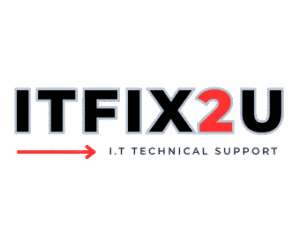Antivirus Installation
Fast, Friendly On-Site IT Help in Perth
We come to you – affordable, mobile technicians with 5-star service.
Mobile Service
We come directly to your home or business.
5-Star Rated
Hundreds of happy customers across Perth.
Expert Technicians
Certified IT pros with years of experience.
Same-Day Support
Fast response, available 7 days a week.
On-Site Service
We come to your home or office – no need to unplug anything.
100% Satisfaction Guarantee
We’re not happy until you are – your satisfaction is our top priority.
Transparent Pricing
No surprises – clear rates before we begin any work.
7-Day Support
Available every day of the week, including weekends.
Tell Us What You Need
Let’s dig into the issue:
Antivirus Installation
Antivirus Installation
In today’s interconnected world, robust antivirus software is not just a recommendation but a necessity for protecting your computer from malware, viruses, ransomware, spyware, and other malicious threats. Proper Antivirus Installation and configuration are the first line of defense in safeguarding your personal data, financial information, and overall system integrity.
- Software Selection Guidance: Advising on reputable and effective antivirus solutions based on your specific needs, usage patterns, and budget (including free and paid options).
- Removal of Conflicting Software: Ensuring any old or conflicting security software is properly uninstalled to prevent system instability or reduced protection.
- Correct Installation & Configuration: Installing the chosen antivirus software and configuring its settings for optimal protection, including real-time scanning, scheduled scans, and automatic updates.
- Update Verification: Ensuring the antivirus software and its virus definition databases are fully updated to protect against the latest threats.
- Initial System Scan: Performing a comprehensive initial scan of your computer to detect and remove any existing threats.
- User Guidance: Providing basic instructions on how to use the antivirus software, understand its alerts, and maintain good security practices.
Why Use ITFIX2U for Antivirus Installation?
Simply installing an antivirus program isn’t always enough; it needs to be the right program for your needs and configured correctly to offer maximum protection without unduly impacting system performance. Many users inadvertently install multiple antivirus programs, leading to conflicts, or misconfigure settings, leaving security gaps. The professionals at ITFIX2U can ensure that your chosen antivirus software is installed correctly, conflicting applications are removed, and settings are optimized for your specific environment. We can also help you choose the most suitable software if you’re unsure. Investing in professional installation ensures that your digital life is properly shielded from the ever-evolving landscape of cyber threats, giving you peace of mind that your first line of defense is strong and reliable.
